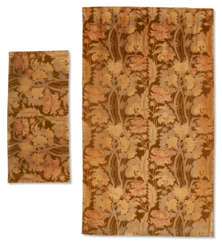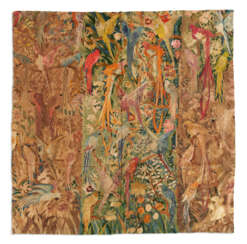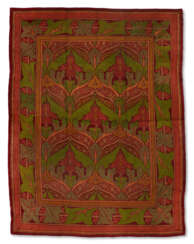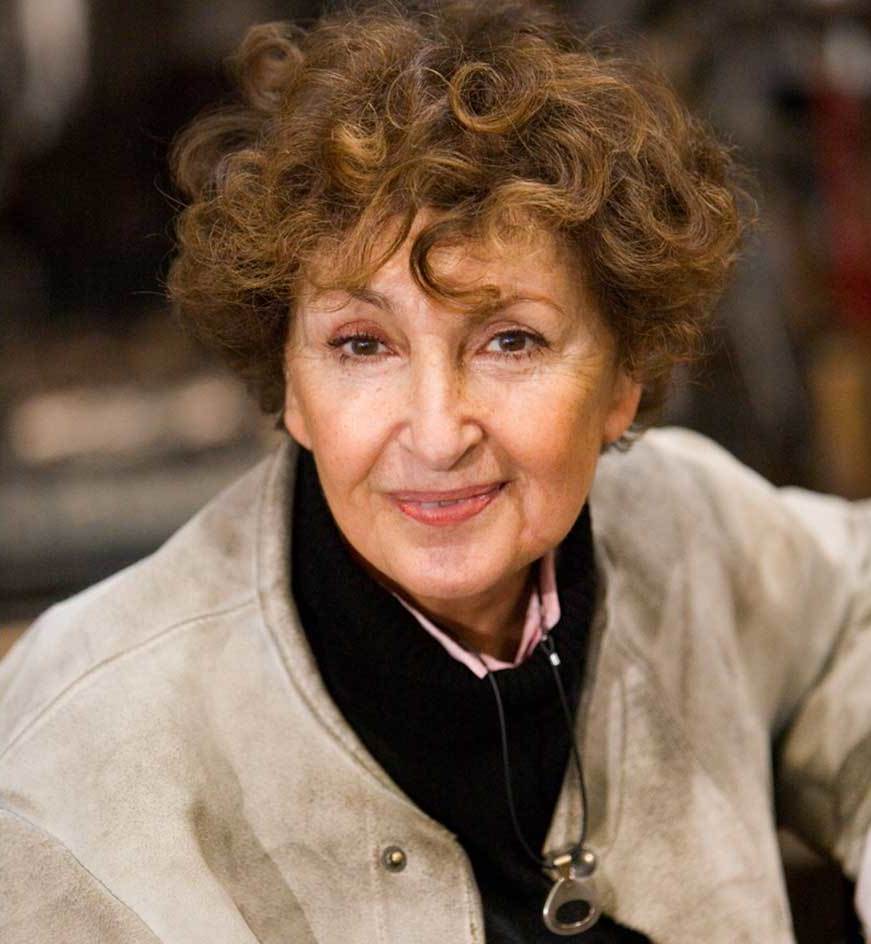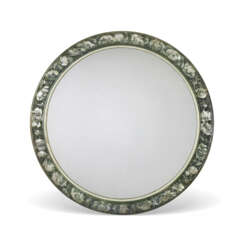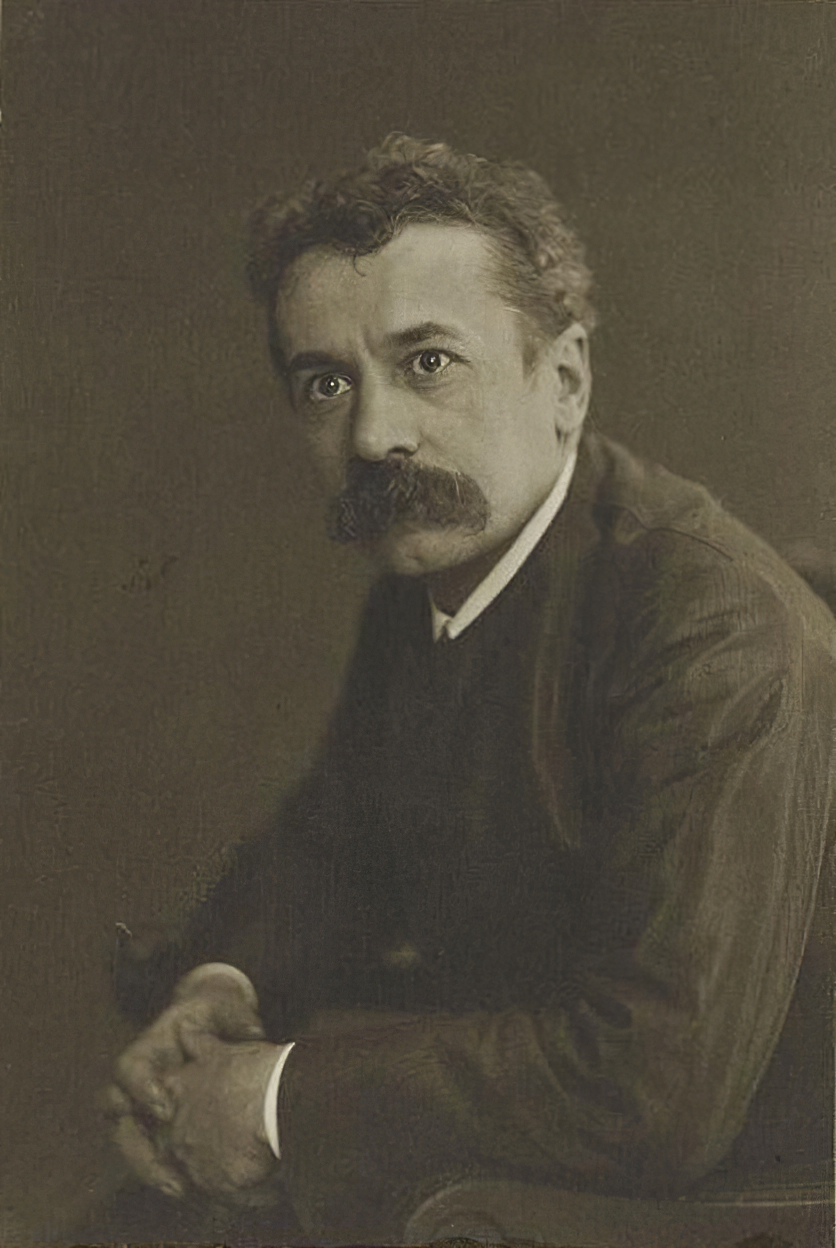
The Ann and Gordon Getty Collection: Early Modern Design from Temple of Wings
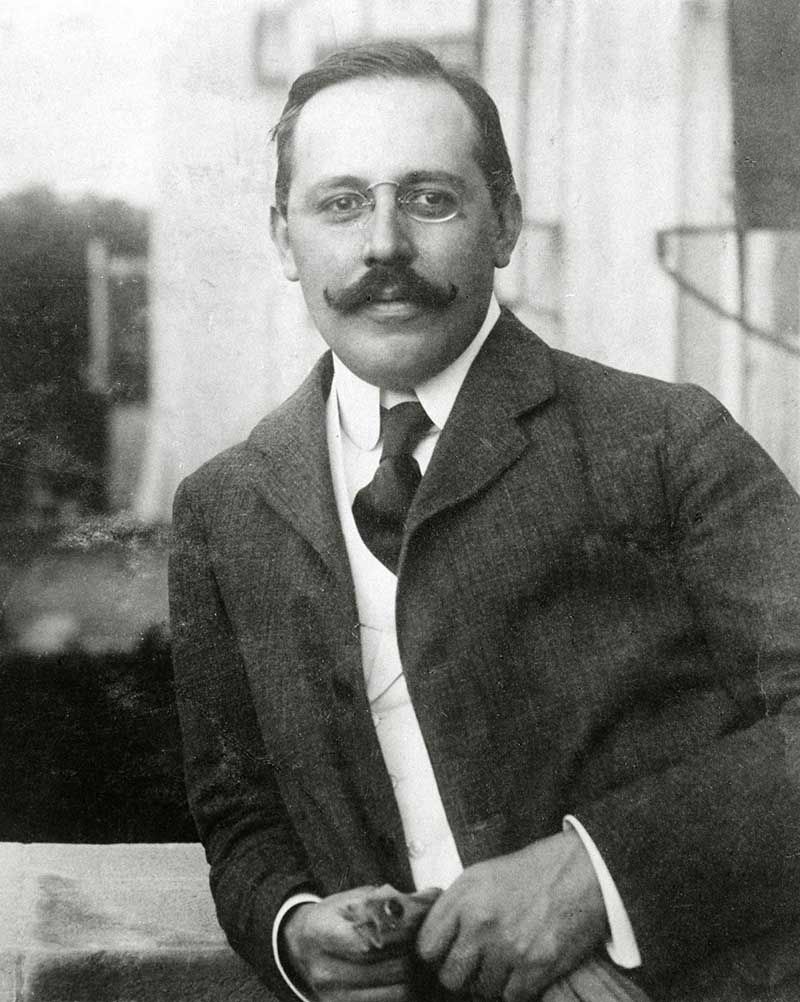
Josef Hoffmann, an Austrian architect and designer, is renowned for his influential contributions to early 20th-century design and architecture. As a founding member of the Vienna Secession and the Wiener Werkstätte, Josef Hoffmann's work is celebrated for its pioneering simplicity and functional elegance.
Josef Hoffmann's designs, which span furniture, decorative arts, and architecture, are distinguished by their minimalistic yet expressive style. His ability to blend aesthetics with functionality marked a significant departure from the ornate styles of the time, influencing modern design principles. Notable works include the Stoclet Palace in Brussels, a masterpiece that showcases his innovative approach to art and architecture.
His creations are preserved in prestigious museums worldwide, including the Museum of Modern Art (MoMA) and the Metropolitan Museum of Art, providing insight into his visionary approach to design. These institutions house collections of Hoffmann's furniture and decorative objects, reflecting his enduring impact on design and architecture.
For collectors and experts in art and antiques, Josef Hoffmann's work offers a study in the evolution of modern design. By subscribing to updates, enthusiasts can stay informed about exhibitions, sales, and academic research related to Josef Hoffmann, deepening their understanding of his contributions to the art and design world.
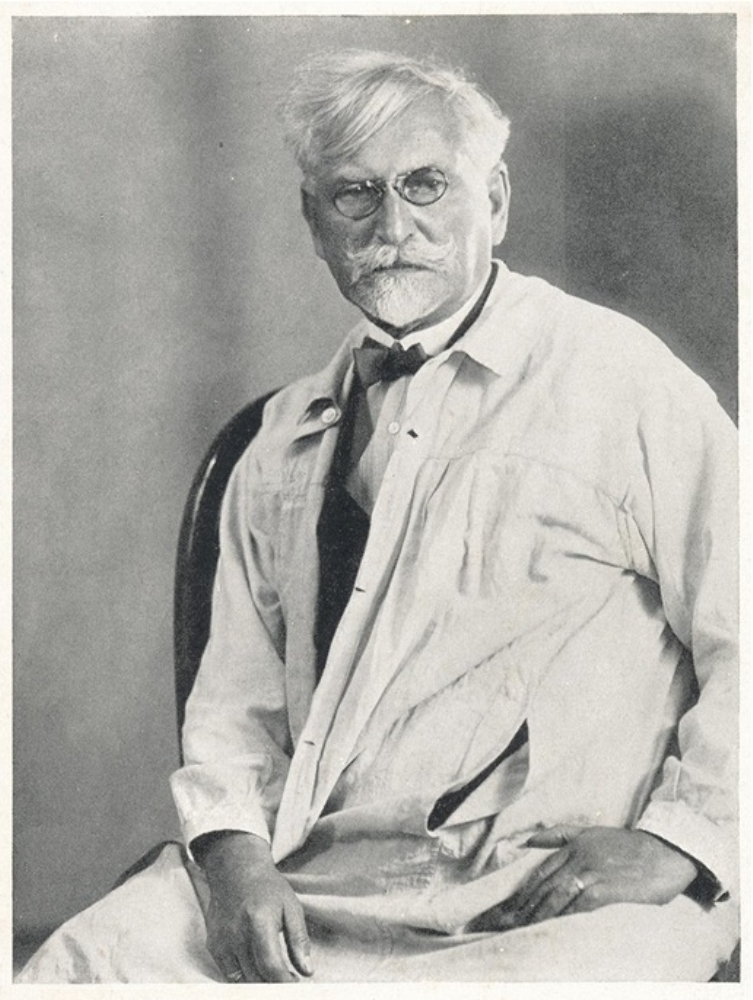
Alfons Maria Mucha, a Czech Art Nouveau painter and decorative artist, was celebrated for his innovative contributions to art, particularly his distinctive style that became synonymous with the Art Nouveau movement. Born in 1860 in the Moravian town of Ivancice, Mucha exhibited artistic talent from a young age, initially showing a proclivity for drawing and music, which were closely intertwined in his perception of creative expression. Despite early financial and educational hurdles, Mucha's passion for art led him to Vienna and subsequently Munich, where he honed his skills and absorbed influences that would shape his future work.
Mucha's career took a pivotal turn in Paris, where his poster for the actress Sarah Bernhardt's play "Gismonda" gained him immediate fame. This partnership with Bernhardt catalyzed a prolific period during which Mucha produced a flurry of artworks, including paintings, posters, and illustrations, as well as designs for jewelry, wallpaper, and theatre sets. His works are characterized by their depiction of beautiful young women in flowing robes, surrounded by lush, natural elements and often featuring pastel colors—a stark contrast to the bold hues preferred by his contemporaries.
Despite his commercial success, Mucha aspired for his art to convey a deeper spiritual message rather than merely adhering to the trendy Art Nouveau style. This led him to undertake projects that were more personal and culturally significant, such as "The Slav Epic"—a series of paintings celebrating Slavic history. Mucha's legacy is not only preserved in his diverse body of work but also in his influence on the aesthetic values of craftsmanship and design.
Collectors and experts in art and antiques continue to venerate Mucha for his unique ability to blend artistic beauty with cultural expression. His works, which are housed in museums and galleries worldwide, remain a testament to his vision and creativity.
For those keen on exploring the world of Alfons Maria Mucha further and staying updated on new sales and auction events related to his work, signing up for updates is an excellent way to ensure you never miss an opportunity to appreciate or acquire pieces related to this iconic artist. This subscription is tailored for collectors and art enthusiasts, focusing solely on new product sales and auction events concerning Mucha's legacy.


























